 A Tajine is a dish named after the pot it's cooked in. Simple, perhaps. Alice is a Danish friend in Kopenhavn. She bought the tajine (left) in Morocco a few weeks ago and starting working on it immediately (right). The dish is of glazed earthenware, has two pieces, attractively decorated. It cooks and works nicely as a serving dish. It is placed over embers to cook very slowly. In a modern kitchen, a diffuser needs to be used between the dish and the hotplate, to moderate the temperature and also to risk not cracking the dish. Modern ones are made with a heavy cast iron bottom with the funnel top of earthenware. A modern tajine - not as romantic but might be easier, cast-iron base and ceramic lid. Tajines are stews or casseroles or ragouts, whatever. They are mixtures of meat, lamb, chicken or fish with vegetables. They are sometimes just vegetables. They often incorporate fruit, dried or fresh, nuts and honey. The aim can be for a sweet sour balance but they are always aromatic with saffron and or a spice mix, ras el hanout, more often than not (see below). Popular, traditional or classic combinations might be...
They are beautifully aromatic, sometimes spicy hot, sometimes not. You get the idea. A Tajine is not a Couscous. You eat a Tajine with bread on the side, not couscous. You eat couscous with a Couscous (see post 20th Oct. 2017). Would you like to cook a Tajine? Can you prepare a Tagine without a tajine? Do you need a tajine? Perhaps not...
Perhaps yes...
So first, get going with some preserved lemons and some ras el hanout. (I've made the assumption that you know how to get a stew going. For a Tajine, start with lots of onion, two at least for a serve of 4 and go from there. If you'd like a real recipe, just contact me. I'm happy to oblige.) Comment below 👇
5 Comments
Ras el hanout - the spice mixture, not exactly the Alice B Toklas mix. (Dinner plate - Rosenthal "Landscape" 2008 - Patricia Urquiola, architect). By 1907, the Americans, Gertrude Stein and Alice B. Toklas were comfortably settled in Paris and were home to writers and artists such as Hemingway, Picasso, Matisse. Stein managed the salon, Toklas, supported, ran the house and cooked. After the war, Stein died unexpectantly, leaving a badly organised will, with Toklas caring for the collection and very little to live on. To make ends meet, in 1954 she published The Alice B. Toklas Cookbook which was a run-away success with its collection of French and American recipes. Today the book is mainly known for its memoir of their lives together and for two recipes; ras el hanout and hashish fudge (given to her by Brion Gysin, friend and Surrealist). There is a Youtube Alice B. Toklas Hash Fudge on making hashish fudge which looks like a hip health-food bar or protein ball, chock-a-block full of nuts, dates and dried figs - yum. (Toklas warned that 2 pieces are ample for a lively evening.) Her ras el hanout is a mixture of around fifteen ingredients, three of which you may wish to omit. (1) Spanish fly, known as an aphrodisiac is the crushed secretion (cantharidin) of the blister beetle (lytta vesicatoria) and causes itching and swelling of the appropriate organs, so we can live without that. (2) Dried mariuhana heads might be put to better use and (3) the crushed rose petals I recommend only if you dry them yourself. (Those supplied for potpourri have been dangerously sprayed.) 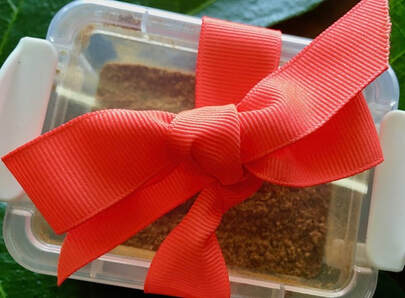 Ras el hanout – my mixture This looks like a mix of anything you can lay your hands on, a hodgepodge, the more the merrier, but it's indeed quite glorious. You can buy it in supermarkets, I hear, but the liveliness of the mix is more apparent when you make your own. You can also lean a bit towards your favoured spice (e.g. introduce fennel seeds if you're doing a vegetable or fish dish). It should be spicy with a hint of the sweet and floral. Use it liberally, anytime, anywhere, roughly 3 teaspoons in a dish for 4 people. 1 tsp Cinnamon 1 tsp Coriander 1 tsp Cumin 1 tsp Ground Ginger 1 tsp Peppercorns ½ tsp Allspice ½ tsp Cardamom ½ tsp Cloves (4 whole) ½ tsp Paprika/Cayenne (your call, heat-wise) ½ tsp Turmeric ½ tsp Salt (As an aside, might I suggest a double recipe, in a small re-usable clip-lock box, as an unusual and creative house present along with your bottle of wine.) Grind fresh as many whole spices as possible or on hand. My mother's Algerian, brass mortar and pestle is useful but now that George Cluny makes my coffee, my coffee grinder is dedicated to spices. In North African cuisine, where the preference is for softer, less acrid pungency, the spices are not dry roasted. Ras el hanout is similar to the Israeli baharat, but think also of the Indian panch phoron or garam masala, the French quatre épices. They are very useful. (Stein & Toklas, both with rabbinical Jewish parents, were collaborators during the war, disturbingly accepting help from the Vichy government to live safely on the Swiss border. Their collection of art works was not plundered.) 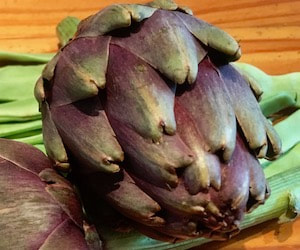 New home page - in season and we could be eating artichokes. To prepare them, perhaps re-look at Blog Post 19th December, 2018) And broad beans are around too. A braise, Greek-style, of small artichokes, broad beans and mint is a winner. Remember to eat the stem but avoid the leaves. Chicken Tagine with Mograbieh & Minted Yoghurt
This lovely chicken tagine is from Ashraf Saleh, who features as guest chef in the week-end magazine "Life" section of national newspaper, The Australian. Saleh is chef/owner of Coya in Sydney; his book Coya: French Middle Eastern Cuisine could break my "no more cook books" mantra. The recipe calls for an organic chicken. Now I'm as "woke" as your next foodie-eco-warrior but I must ask, would the recipe still work if I used a free-range chicken, or a corn-fed chicken, or a macro-biotic chicken? What about a harassed mum who just grabs a poor blighted supermarket chook on her way home? (A previous "guest chef" recipe called for free-range chicken pieces. Once again, would an organic chicken have ruined the recipe?) I'm being facetious here, but what do I require of a chicken?
Mograbieh is sometimes called pearl couscous, sometimes Israeli couscous, sometimes Lebanese couscous. It's now made specifically to size and dried. It was once a by-product of making couscous from scratch, by hand at home, something that is rarely done today. My mother could do it. I can do it, but rarely choose to. When the semolina is dampened in the open flat wooden bowl, and rolled and rubbed to create the fine grains of couscous, there are always some large ones formed, the size of a small pea, that are winnowed and set aside. Mograbieh is basically little round pasta. Whatever, it's a useful starch alternative, under stews or roasts or part of a salad. A Tagine is both a dish and the pot it's cooked in. If you make a tagine, (often a combination of meat, vegetables, sometimes dried fruit) but cook it in a covered saucepan or casserole, can it be called a tagine? A conundrum. Tagines are often just a decorative kitchen piece or an exotic serving dish, the earthenware base and funnel-like lid needing to be handled carefully. Le Creuset make a "modern" one with a cast iron bottom and red earthenware top. (There have also been good ones at a fraction of the cost at Aldi!) As the food simmers, the steam rises up the funnel and dribbles back down, round and round, like a retort in gin making. It does seem to create rich flavours. Perhaps there will be a mograbieh recipe and a tagine in my next post. And I'll make sure to get an organic, free-range chicken. Comment 👇 (See fine print)  It looks like our Gastronomy Book Club is going ahead. Those keen to read and who can't join the face to face, live group, can be part of a wider, on-line connection. We have started a "closed" Facebook page and only book club people will be able to read comments posted. We'll see how we go. Let us know if you want to be included. If you're not a "Facebooker", we'll email information, comments etc. to you, nonetheless. We're going to start easily. We may leave Brillat Savarin, the Greek philosophers and the Post-Modernists for later! October's book will be Bee Wilson - The Way We Eat Now. The title is self-explanatory. I was particularly touched by the loss of the lunch hour and the family table. November's book will be Gabrielle Hamilton - Blood, Bones, Butter - an autobiographical account of her life in food, through an eccentric, hippy, slightly dysfunctional childhood, her discovery of Italy and to her N.Y. restaurant Prune. Comment 👇. Let us know if you'd like to join the gastronomy readers. Lunch at Chez Jupiter, a very French little bistro in Adelaide.
Apparently "Bill Anxiety" is a thing, another one of those 21st C, First World problems. It's experienced at the end of a shared lunch or dinner when faced with the account. Recent studies show (love that phrase) that about 75% of diners who eat out feel uncomfortable when eating in a group, to such an extent that many even consider not going out at all. Will they be asked to split the bill or pay separately? Come on, people! Are we friends, or what? Most restaurants state they will not prepare separate bills. This annoys some people. Having seen it from the restaurant side, I understand how difficult, time consuming and petty paying separately can be. Are we concerned that others have ordered more than we have or that we have over-stepped the mark and look greedy? (As an ex-school teacher I can share the joke that teachers are notorious - from Athens to Sydney, from Paris to Anchorage. "I had the fish, you had the salad but you spent more drachmas on the wine." Or "But you had Saint-Géron (the "niche", very delicate, lightly effervescent French water ) but I had tap." Don't give the restaurant a hard time. Don't look tacky. Come up with a strategy and a strategy means talking.
When might you possibly pay the whole bill? More of that later. Are you a sharer or a separate payer? Comment below 👇 (click on fine print) or Like 👍🏼 |
Categories
All
|
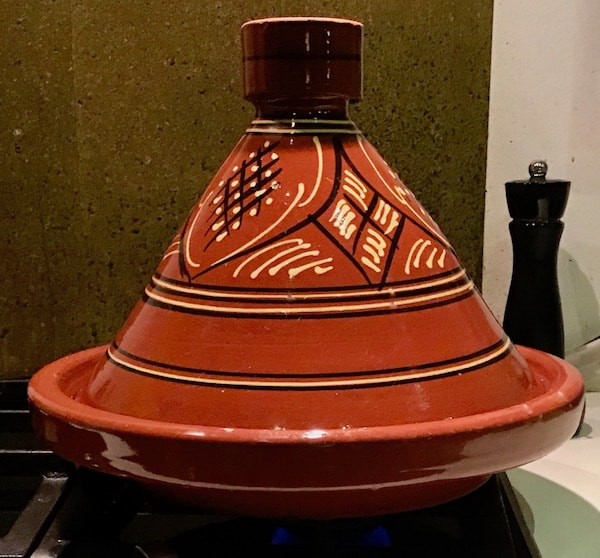
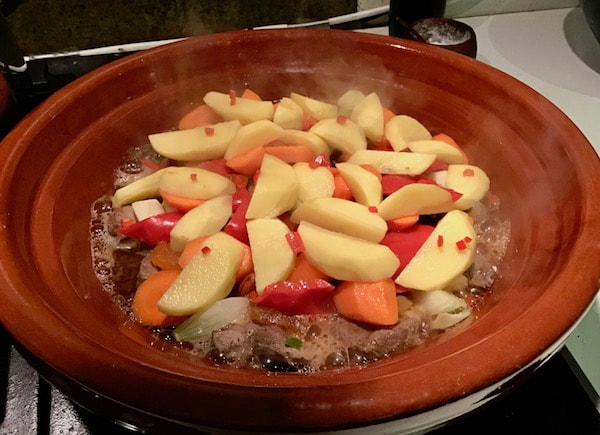
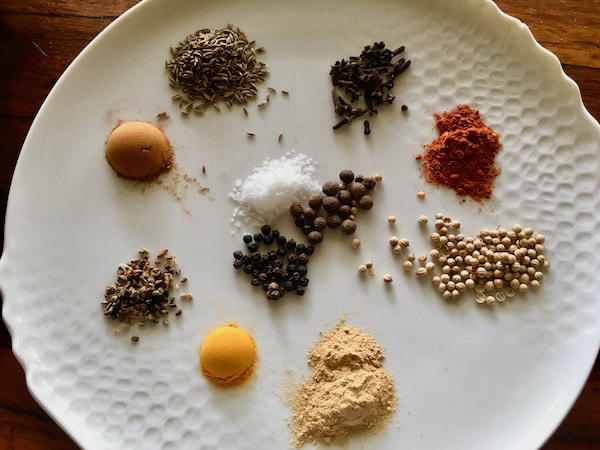
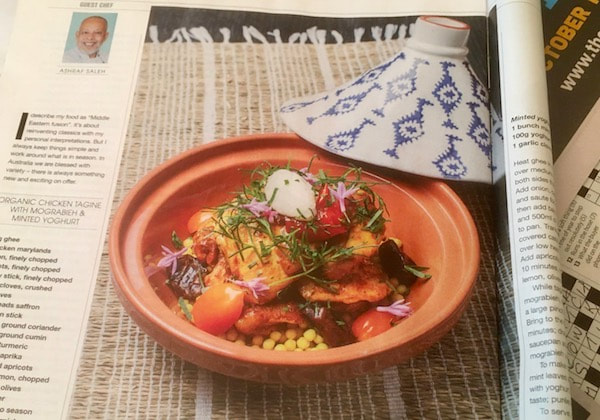
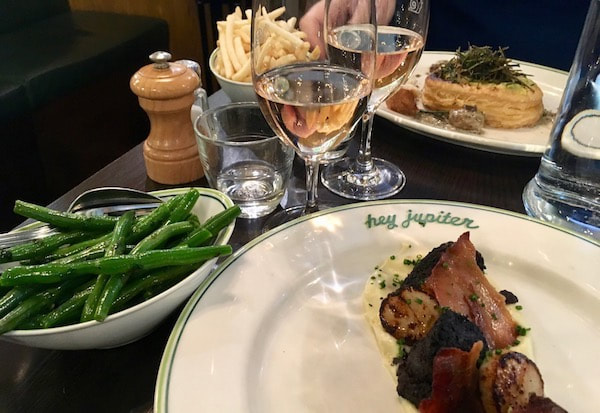
 RSS Feed
RSS Feed
